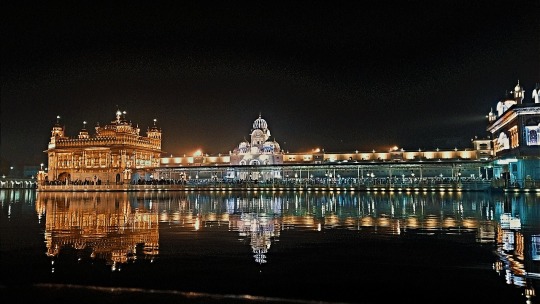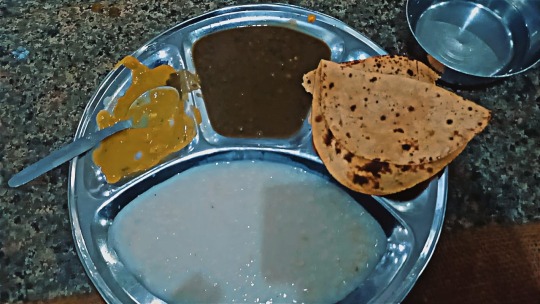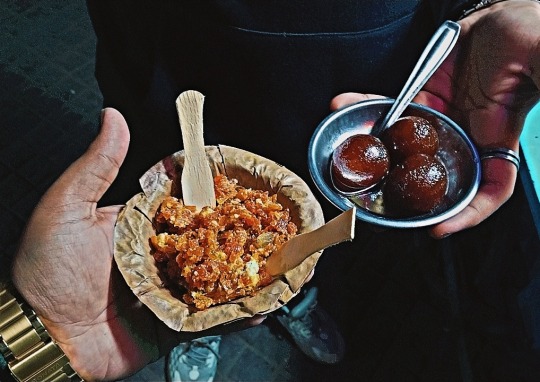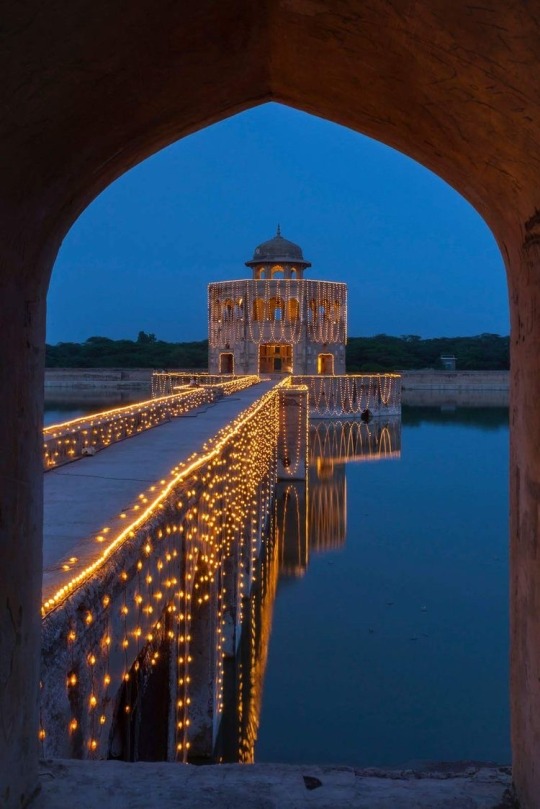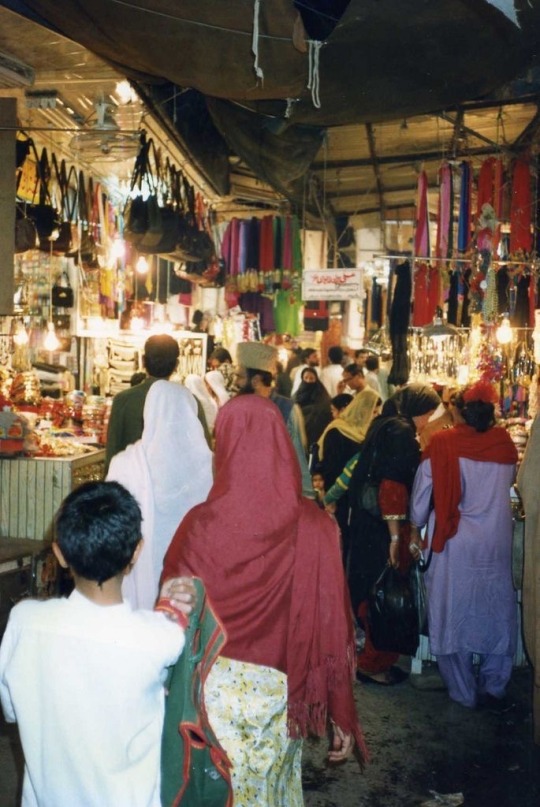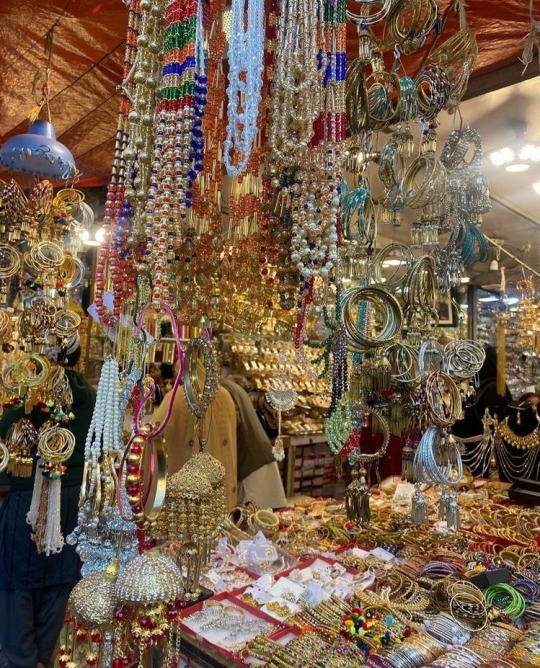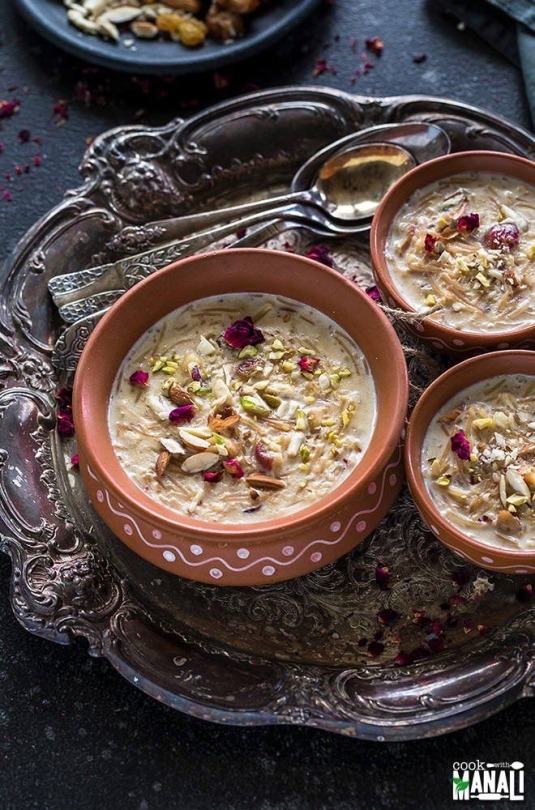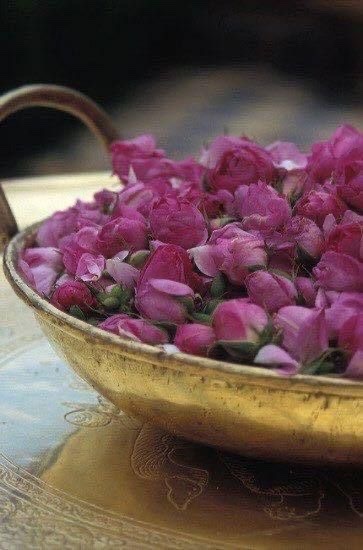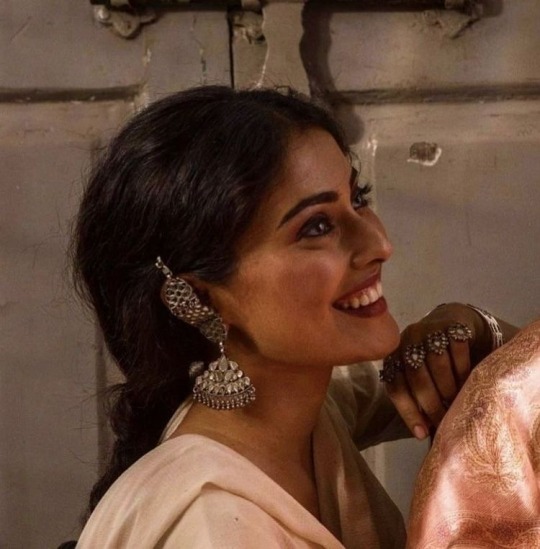#Punjab
Text

Enchanting facade - Walled City of Lahore, Punjab, PAKISTAN
429 notes
·
View notes
Text

#queer#lgbtqia#lgbtq community#lesbian#nonbinary#lgbt pride#lgbtq#sapphic#nonbinary lesbian#gay girls#india#indian#bangladesh#sri lanka#nepal#punjab#philippines#pakistan#gay model#gayboy#gay#gayhot#gay art#gay men#gay man#gay couple#gay blog#gaymen
146 notes
·
View notes
Text
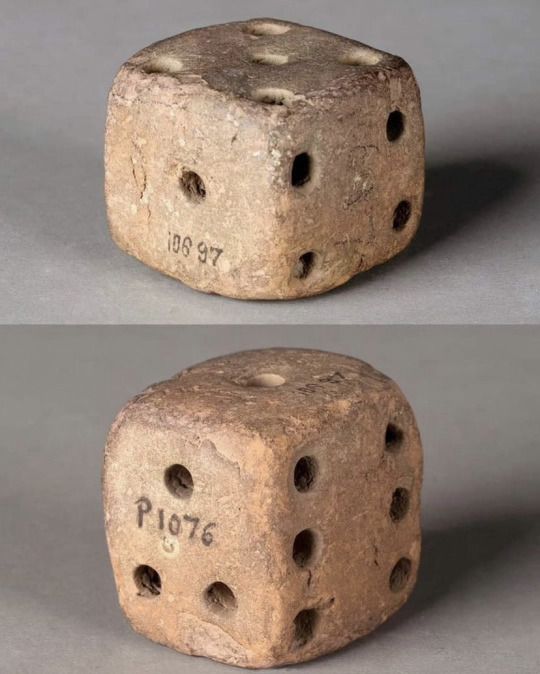
Pair of smol Terracotta dice
Harappa (2600-1800 BCE), an ancient city from the Indus Valley Civilization, modern day Punjab, Pakistan
Many were found in Mohenjo-daro as well, another central ancient city of the Indus Valley in modern day Sindh, Pakistan.
Mostly cube-shaped, sizes range from 1.2 by 1.2 by 1.2 inches to of 1.5 by 1.5 by 1.5 inches
#art#archaeology#sculpture#ancient#ancient art#harappan civilization#indus valley#indus valley civilization#african art#african culture#punjab#sindh#ancient culture
247 notes
·
View notes
Text

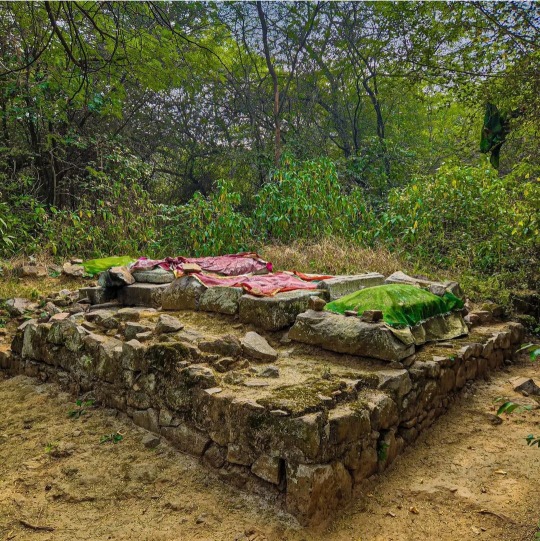
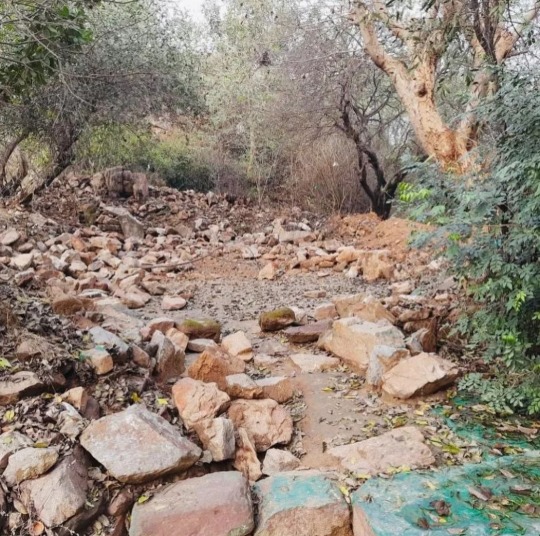
The oldest Sufi shrine in Delhi has been demolished.
"The earliest Sufi Shrine in Delhi - belonging to a relative of Prithviraj Chauhan and dating from BEFORE the Turkish conquest - has been Demolished by the Delhi Development Authority in an "anti encroachment" drive.
In the late 12th century, a group of Afghan pastoralists, suddenly burst onto the world stage. In a matter of years, they toppled their rulers of Ghazni and seized major Persian cities like Herat, and then established the major Indian sultanate in Delhi.
We often think of this "Islamic invasion" as the start of the Muslim presence in India. Yet recent scholarship has shown that by the time of Ghori's conquest of Delhi, Muslims were already a central part of Indian society
Some of the earliest mosques are found in Kerala, dating from a few decades after the prophet Muhammad's death. Tamil Pallava, Chola and Pandya kings all built sizeable mosques
Delhi also had a single sufi shrine before the Afghan conquest - this one.
Until 31 January, when it was demolished, the shrine of Baba Haji Rozbih had been located by the Fateh Burj, or Victory Gate of Lal Kot. The grave next to it under a reddish Chador belongs to his female disciple Bibi. Bibi was said to be a close relative of Prithviraj Chauhan who embraced Islam under the aegis of Haji Rozbih.
This demolition is an UTTERLY MINDLESS LOSS and complete cultural desecration.
What's more the "anti encroachment" drive is apparently scheduled to include the Aashiq Allah Dargah dated to 1317AD which is where the great Punjabi Saint Baba Farid used to meditate, and his small 'chillagah' is still visible here.
Please do share and write about this so we can save what remains! "
- from the historian Sam Dalrymple .
...
This is the third Islamic structure to be demolished in Delhi this month. Isn't it funny how only certain structures are the victim of anti- encroachment drives? This is part of a planned programme by the current right-wing government of India that is violently islamophobic and wants to create a hindu ethnostate modeled after Israel.
#india#desi tumblr#desiblr#south asia#punjab#sufi#sufism#islam#delhi#new delhi#anti-hindutva#anti-bjp#islamophobia#anti hindutva#anti bjp
134 notes
·
View notes
Text

In the 16th century in Punjab, Shah Hussain, a Sufi poet and mystic met and fell in love with a Hindu boy called named Madho Lal. Though gay marriage was not legal anywhere in the world before this century, Hussain and Madho defied social conventions and lived together for six years till Hussain's death in 1599. Hussain's poetry is significantly inspired by his relationship with Madho, with some poems addressed directly to him. After Hussain's death Madho continued to live close to where he was buried in present day Baghbanpura in Lahore, and was buried next to Hussain after his death. They continue to lie buried side by side in the same enclosure to this day, and the enclosure is named Hazrat Madho Lal Hussain, embodying one soul living in two bodies.
The annual celebration called Mela Chiraghan or Festival of Lights is held in March in Lahore in order to celebrate the love of Madho and Hussain as well as Hussain's poetry. It is unknown how the ritual was established, but it dates as far back as the the 18th century: there are records of Maharaja Ranjit Singh leading a barefooted procession from the Fort to the mausoleum for this celebration. At present, the festival is conducted over three days and attracts large crowds. Cotton-seed oil lamps are lighted in the streets and houses of the city. Devotees sing and dance and read Hussain's poetry in order to commemorate the triumph of tolerance over forces of bigotry.
#ots#gay history#lgbtq#lgbtqia#lgbt history#queer history#queer#mlm#punjab#sufi#lahore#pakistan#south asia#south asian#shah hussain#madho lal hussain#mela chiraghan#desi tumblr#desiblr#desi tag#south asian history
387 notes
·
View notes
Text





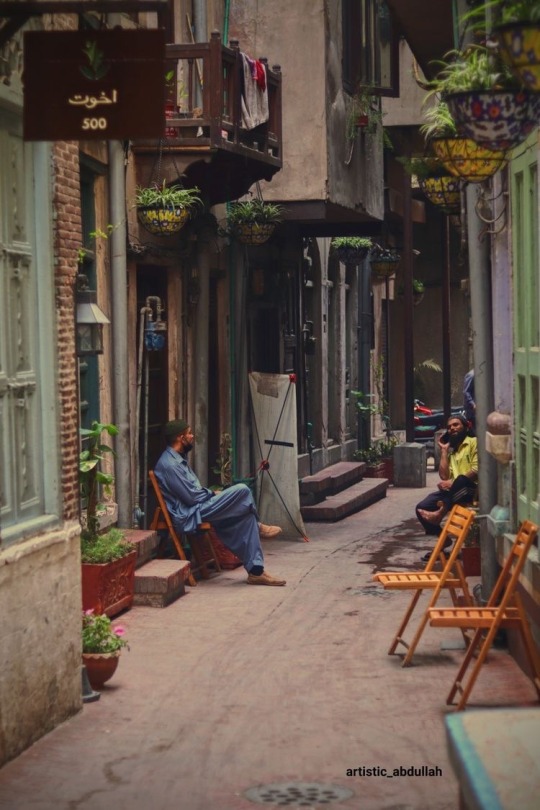



The old Lahore
Punjab, Pakistan
#old lahore#desiblr#desi#delhi gate#punjab#lahore#lahori food#desi academia#lahore aesthetics#urdu#desi aesthetic#desi culture#desi tumblr#street food#mehreen khan#southasia#desi dark academia#pakistan#pakistani culture#southasian#architecture#south asian culture#dark academia#muslim architecture#lahore aesthetic#light academia#muslim aesthetic#islamic architecture#desi moodboard#moodboard
896 notes
·
View notes
Text
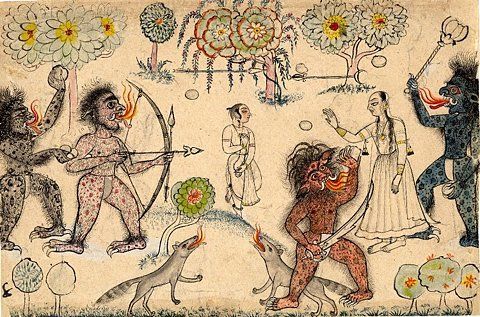
Unknown, A lady attacked by demons in a jungle. Painted on Paper. 1720, Asia, Himalayas, Punjab Hills © The Trustees of the British Museum
136 notes
·
View notes
Text

make it stop
#grunge#goth aesthetic#london#poetry#positivity#life#punjab#goth#life quotes#poets on tumblr#med#meme#meme funny#funny#anxitey#exam season#exams#jokes#soft grunge#spilled ink#spilled thoughts
81 notes
·
View notes
Text

#punjab#punjabi#wife#me#couple#desi#desiblr#india#asia#winter#shawl#silk#beard#bindi#jhumka#suit#photo#picture#wedding#maiyan#maiya
42 notes
·
View notes
Text
‘We travel for romance, we travel for architecture, and we travel to be lost.’

#punjab#golden temple#amritsar#photography#vintage#landscape#paradise#nature#adventure#explore#travel#sky#clouds#photographers on tumblr#art#scenery#artists on tumblr#sky photography#nature photography#photo#quotes#quoteoftheday#aesthetic#sunset#light academia#cozycore#book quotes#writers on tumblr#travel quotes#architecture
42 notes
·
View notes
Text
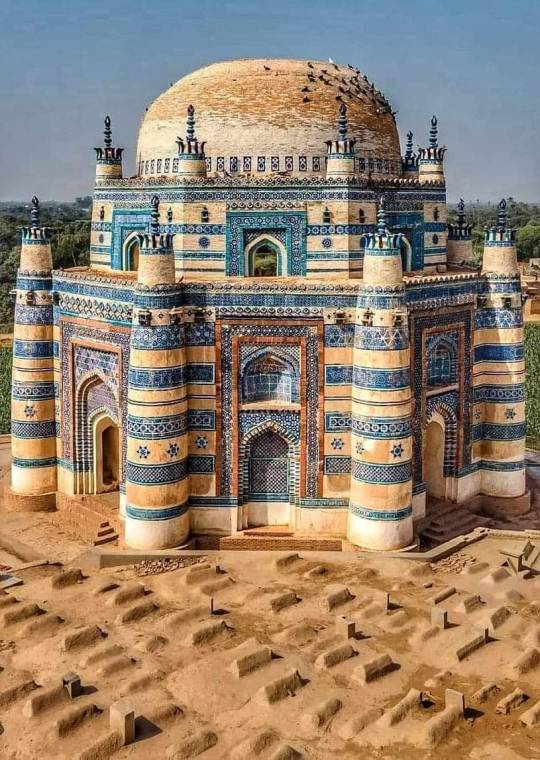
Tomb of Javindi Bibi in Uch Sharif, Bahawalpur, Punjab, PAKISTAN
58 notes
·
View notes
Text

#photography#photografy#austria#salzburg#indianphotography#india#punjab#clouds#sunset#europe#travel#landscape#cityscape#deutschland#germany#mountains
20 notes
·
View notes
Text

✨
#kollywood#jodhadreams#jodha dreams#bollywood#tamil#tollywood#south indian#sareestyle#sareeblogger#indianwoman#pakistani outfit#salwarsuitonline#salwar#anarkali salwar suit#punjab#punjabi#mirror self portrait#mirror selfie#curly hair#indian outfit#indian women#indian culture
38 notes
·
View notes
Text
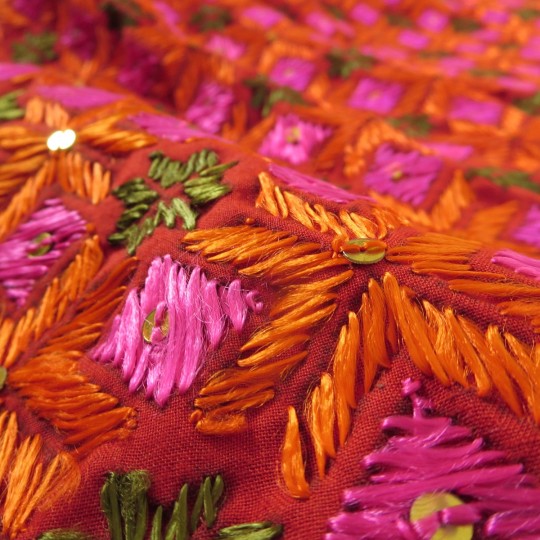



Phulkari (Punjabi: ਫੁਲਕਾਰੀ) is a type of embroidery from Punjab region of India and Pakistan. The Punjabi term Phulkari is made of two words: phul meaning flower and akari meaning shape. Phulkari means the shape/direction of flowers. Although Phulkari means floral work, the designs include not only flowers but also plant motifs and geometrical shapes. Phulkari embroidery typically uses the darn stitch on the wrong side of coarse cotton cloth with coloured silken thread. The embroidery is mostly done by women and Phulkari is considered a women's art. Traditionally, Punjabi women would clean their courtyards and invite friends and family to ceremonially begin the process of embroidering a Phulkari and folk songs would be sung for this occasion. Phulkari embroidered dresses are still considered traditional for Punjabi weddings.
1 / 2 / 3 / 4 / 5 | textile series
#phulkari#textiles#ots#punjab#india#pakistan#desi tumblr#desiblr#desi tag#textile art#textile design#embroidery#textile history
499 notes
·
View notes
